- ~ Home
- ~ Caminos Teresianos (The Way of St. Teresa)
- Pilgrimage to Ávila
Jump to Camino Teresiano Stages
A Pilgrimage to Ávila, Spain
Disclosure: the PilgrimageTraveler.com is an associate of Booking.com, Roamless, and Amazon. As associates of these merchants, we earn from qualifying purchases from our links.
A pilgrimage to Ávila, Spain, at the start of the Camino Teresiano, is the perfect place to begin the celebratory walk, commemorating the life of Santa Teresa de Jesús. This is a newly-developed pilgrimage route, taking 4-6 days, from Ávila to Alba de Tormes.
This sacred city is where the saint was born on March 28, 1515, and Alba is where she died on October 4, 1582. Her appearance and energy can be seen throughout the city, quite difficult to miss. From the pen of St. Teresa, these words of hers reverberate within and without: “It is love alone that gives worth to all things.”
The city of Ávila is a step back in time, with the invitation to explore its hidden treasures. It was declared a World Heritage Site in 1985. There is so much to see and do here, but I have covered only a few of the places in this article!
If you are looking for a place to stay in Ávila click here for booking.com. We enjoyed staying at the inexpensive but comfortable Hostal El Rincón. It is very conveniently located in the center of the medieval city, on the northeast corner of the market square, next to the city hall.
The highly visible medieval walls were built in the 11th and 12th centuries, an amazing architectural phenomenon, spanning a two-and-a-half kilometer perimeter, up to 20 meters high, with 88 semi-circular towers and nine gates.
The walls are the first thing to greet you as you enter the city center, looming mightily above you. We approached the city center from the train station to the east, and these eastern ramparts, below, and the apse of the cathedral, farther below, built right into the wall, were our first glimpses of its magnificence. Many years and phases of restoration have maintained this marvel into modern day.
As you explore more of the walls, indeed, at least to me, the most special is the Puerta de Santa Teresa, or St. Teresa's Gate, on the south side of the city and shown below. It is from here that the Camino Teresiano begins, adjacent to the Plaza Santa Teresa and the Convent to her which honors her place of birth (see farther below).
The southern walls just outside the Puerta de Santa Teresa, shown below, are fabulous in their preserved state. The walls were built upon foundational rocks already there, as you can see.
Most of the sites in Ávila will cost you something, but it is most economical to just purchase the Ávila tourist card for 15 Euros. Click here for a list of those sites included in the price of the card.
You can purchase the tourist card in the visitor reception center, Av. de Madrid, 39, 05001 Ávila, right next to the San Vicente church, on the NE corner of the city walls.
👣 Caminos Teresianos EBook
Walk smarter with our ad-free, beautifully formatted and downloadable Caminos Teresianos Guide in PDF Format ~ perfect for offline use in the remote areas along the Way. Includes daily stage details, alternative routes and stunning photos! Our eBook Guide is unique because we also entertain and immerse you with our story!
Don't carry a heavy guide book to increase your pack weight. Use our digital guides on your next Camino instead! Now you can walk with clarity and confidence through the high plains of central Spain!
📲 Instant download. 💸 Money-back guarantee. 🔄 Free updates for 1 year.
👉 Click here for more info or BUY NOW!
Jump to Camino Teresiano Stages
The Convento de Santa Teresa
Just inside the St. Teresa's gate is the Convento de Santa Teresa de Jesús. Built in the 17th century, it opened on 15 October 1636, a mere 54 years after her death on October 4th, 1582. The church was built on the house where she was said to have been born. (You will read in some references that she was actually born in the town of Gotarrendura, 23 km to the north, but Ávila claims the honor.)
There are three places to visit within the convent, the reliquary, the church, shown below, and a museum in the basement of the convent, accessed by a door around to the west side of the church. Unfortunately, none of the museum's exhibits are presented in English, and while I can understand a bit of Spanish, the amount of effort it took me to do so, was time prohibitive. Instead, we just gazed at the various pieces.
There is a bronze statue of the Saint outside the convent church, and perhaps a pilgrimage to Ávila is not complete without a photo with her in front of this church. It took me forever to wait as visitors, one after another rushed up to the statue to take such a photograph! But I managed to capture her alone.
The main facade of the church also has a lovely statue of the Saint, front and center.
Once inside the church, the main altar breaks tradition, in that it faces northwest, in order to coincide with the room where St. Teresa was born. Normally the main altar always faces to the east.
Below is a photo of the main altar and a close-up of it. It depicts a scene of the Saint's life, heralded by angels.
In an equally glorious side altar, is an ornately designed and more compelling effigy of Santa Teresa de Jesús, shown below.
Also within the relatively simple church is a re-creation of St. Teresa of Ávila's birth room. To me, this room was unnecessary, but nonetheless, it is a fine example of a probable 16th bedroom and is an important part of the traditional pilgrimage to Ávila.
Even though simple, the church is much more extravagant than St. Teresa herself would ever have allowed!
And finally to the east side of the Plaza de Santa Teresa de Jesús, is the reliquary that houses her finger with a ring still intact on it, her cane and a pair of her sandals. Definitely, no pilgrimage to Ávila would be complete without paying a visit here.
In the photo below, is the entrance to the "Sala de Reliquias, Recuerdos de Santa Teresa," or Room of Relics, Memories of St. Teresa.
Across the Plaza de Santa Teresa, is a Gate in her name, the Puerta de Santa Teresa. Here it is shown from the inside, at the official start of the Camino Teresiano. For us, this is where our pilgrimage to Ávila started and ended.
Jump to Camino Teresiano Stages
Iglesia de San Juan Bautista
Right adjacent to the central market plaza in Ávila, is the Iglesia de San Juan Bautista, or St. John the Baptist church. This Romanesque church, much reformed in the 16th century to a more Gothic style, is famous for the fact the St. Teresa was baptized here on April 4th, 1515.
On the outside of the church, there is a plaque that lets you know this fact about St. Teresa, see the photo below left.
The church was not open when we visited. It has limited hours and is only open during its scheduled masses. Kindly, the front door is open, with a barred inner door that allows you to see inside, without having to enter the church itself. I was grateful for this, as it is an important site on the pilgrimage to Ávila.
I was able to take the photo below right, through these bars. For more information on the church, click here.
 Iglesia de San Juan Bautista Plaque
Iglesia de San Juan Bautista Plaque Altar, Iglesia de San Juan Bautista
Altar, Iglesia de San Juan BautistaJump to Camino Teresiano Stages
Catedral de Ávila
The Cathedral of Ávila is one of the main attractions and cannot be missed on your pilgrimage to Ávila. Its plaza is guarded with a line of very photogenic lions. To plan your visit, please click here for current opening hours and prices. You can even visit the bell tower with panoramic views of the cathedral and the city.
The cathedral was initially built in the 11th century with the beginnings of Christian activity in the area, and was commissioned by King Alfonso the VI. It was a primitive building dedicated to San Salvador.
Over the centuries, the cathedral underwent many phases of building as you might expect. It is considered to be the first Gothic cathedral in Spain. For a complete history of the building of the cathedral, visit here.
Behind the choir, in the central nave, shown below left, is a Renaissance masterpiece, that is the first thing to greet you when you enter the cathedral. When closely examined, it is a marvel. A scene in the center, in the photo below right, shows the adoration of the baby Jesus by the kings.
 Central Nave
Central Nave Adoration of the Kings ~ Close Up
Adoration of the Kings ~ Close UpOn the other side of the choir is the central altar, shown below left. There is even a small altar, below right, to St. Teresa.
 Main Altar, Cathedral of Ávila
Main Altar, Cathedral of Ávila Altar to Santa Teresa
Altar to Santa TeresaA special red sandstone from the area, known as "blood" sandstone can be seen throughout the vaulting in the ambulatory of the Cathedral of Ávila. The red hue is due to the iron oxide in the stone, and it makes this cathedral very unique.
 Red, "Blood" Sandstone Vaulting in the Ambulatory
Red, "Blood" Sandstone Vaulting in the Ambulatory Chapel to the Madonna, with Stained Glass Window
Chapel to the Madonna, with Stained Glass WindowFor a really nice video tour of the cathedral, there is a YouTube video presented by the official cathedral website.
Ávila Cathedral stands as both church and fortress and its apse, known locally as the Cimorro and set into the walls, is the most imposing turret of the east wall, shown in the photos below.
 Cathedral Apse, East Tower
Cathedral Apse, East Tower Views Cathedral Apse From Walls
Views Cathedral Apse From WallsJump to Camino Teresiano Stages
A Walk on the Fortress Walls of Ávila
No pilgrimage to Ávila is complete without a walk on the fortress walls. The most popular place to begin is at the east entrance, near the cathedral, at the information office outside the walls.
The views over the city and of the cathedral are impressive from the walls. We had insufficient time to walk the entire way open to foot travel. Here are some of my shots of our trip along the walls.
 Avila, East Wall Walk
Avila, East Wall Walk Tower on the North Wall
Tower on the North Wall Descent on the North Wall
Descent on the North WallAnd finally, to complete your pilgrimage to Ávila, you may want to see its incredible beauty at night. We were so exhausted, after our overseas flight, that I was unable to force myself to stay awake long enough to see it.
Below is an incredible shot from the KevMRC website. Perhaps, on your own pilgrimage to Ávila, you will spend sufficient time here, to take it all in at night!
**Sources for more information: The Turismo de Ávila, and this Tourist map. There are many more sites and churches to see, so click on the links to see all that is available.
Caminos Teresianos Stages
Please Consider Showing Your Support
Many readers contact me, Elle, to thank me for all the time and care that I have spent creating this informative website. If you have been truly blessed by my efforts, have not purchased an eBook, yet wish to contribute, I am exeedingly grateful. Thank you!
Search This Website:
🙋♀️ Why Trust Us at the Pilgrimage Traveler?
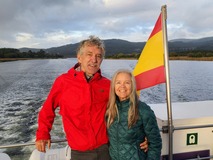
We’re not a travel agency ~ we’re fellow pilgrims! (See About Us)
We've trekked Pilgrimage Routes Across Europe since 2014!
💬 We’ve:
- Gotten lost so you don’t have to. 😉
- Followed waymarks in the glowing sunlight, the pouring rain and by moonlight. ☀️🌧️🌙
- Slept in albergues, hostels & casa rurals. Ate and drank in cafés along the way. 🛌 😴
- Created comprehensive and downloadable GPS maps and eBook Guides, full of must-have information based on real pilgrimage travels. 🧭 🗺️
- Shared our complete journeys, step by step to help YOU plan your ultimate pilgrimage and walk with your own Heart and Soul. 💙✨
Every detail is from our own experiences. Just fellow pilgrims sharing the Way. We have added a touch of spirituality, heartfelt insights and practical guidance from the road ~ offering a genuine connection to the spirit of pilgrimage. Tap into the wisdom of seasoned pilgrims!
Ultreia and Safe Pilgrimage Travels, Caminante! 💫 💚 🤍
Follow Me on Pinterest:
Find the Pilgrimage Traveler on Facebook:
Like / Share this page on Facebook:
***All Banners, Amazon, Roamless and Booking.com links on this website are affiliate links. As an Amazon associate and a Booking.com associate, the Pilgrimage Traveler website will earn from qualifying purchases when you click on these links, at no cost to you. We sincerely thank you as this is a pilgrim-supported website***
PS: Our eBook Guide books are of our own creation and we appreciate your purchase of those too!!
Shroud Yourself in Mystery, along the Via de Francesco!
Walk in the Footsteps of St. Francis, and Connect Deeply to the Saint and to Nature in the Marvelous Italian Countryside!
Need suggestions on what to pack for your next pilgrimage? Click Here or on the photo below!
Find the Best Hotel Deals Using This Tool!
Carbon Trekking Poles ~ My Favorites!
Carbon fiber construction (not aluminum) in a trekking pole makes them ultra lightweight. We like the Z-Pole style from Black Diamond so we can hide our poles in our pack from potential thieves before getting to our albergue! There are many to choose from! (See more of our gear recommendations! )
Gregory BackPack ~ My Favorite Brand
Do not forget your quick-dry microfiber towel!



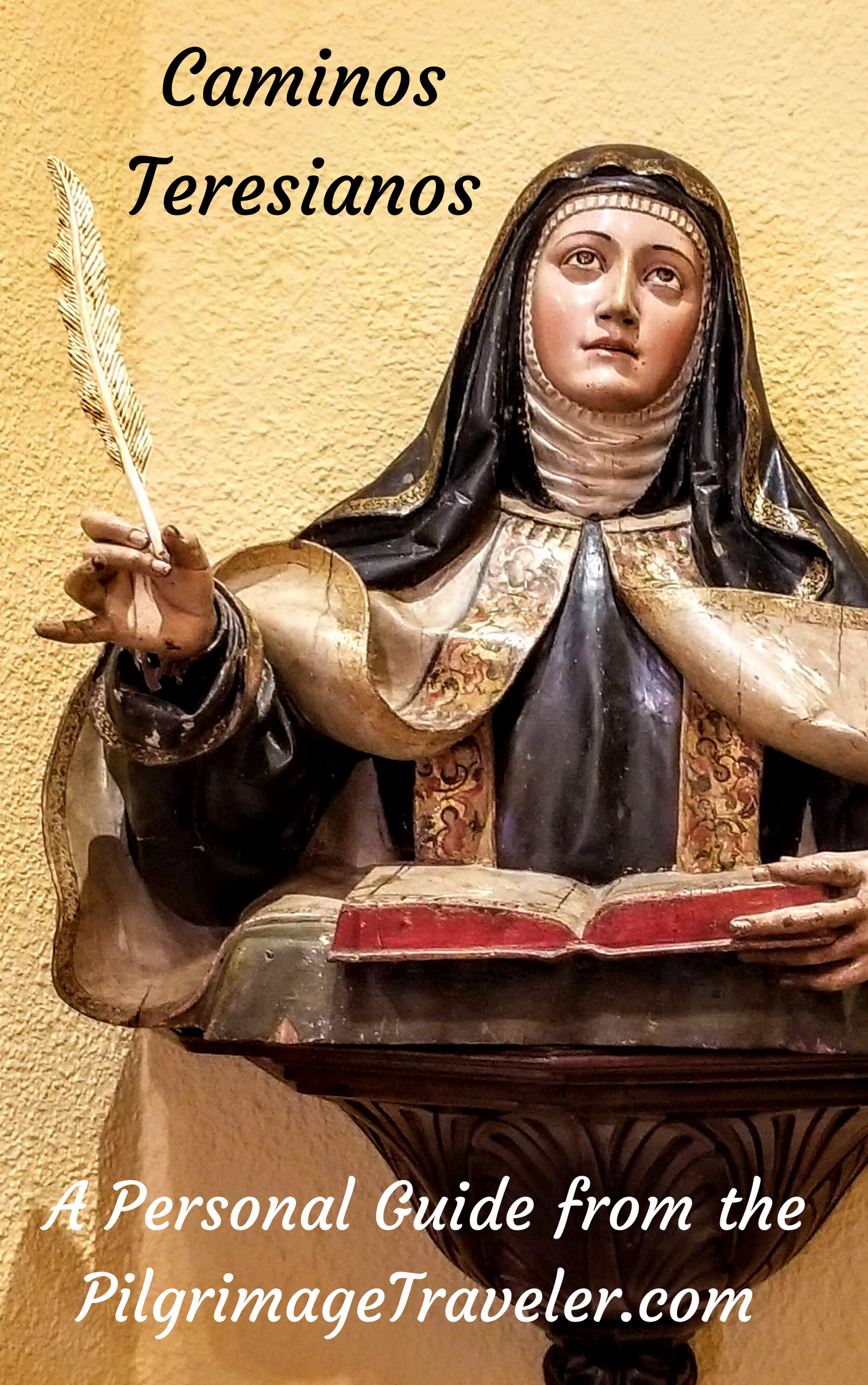












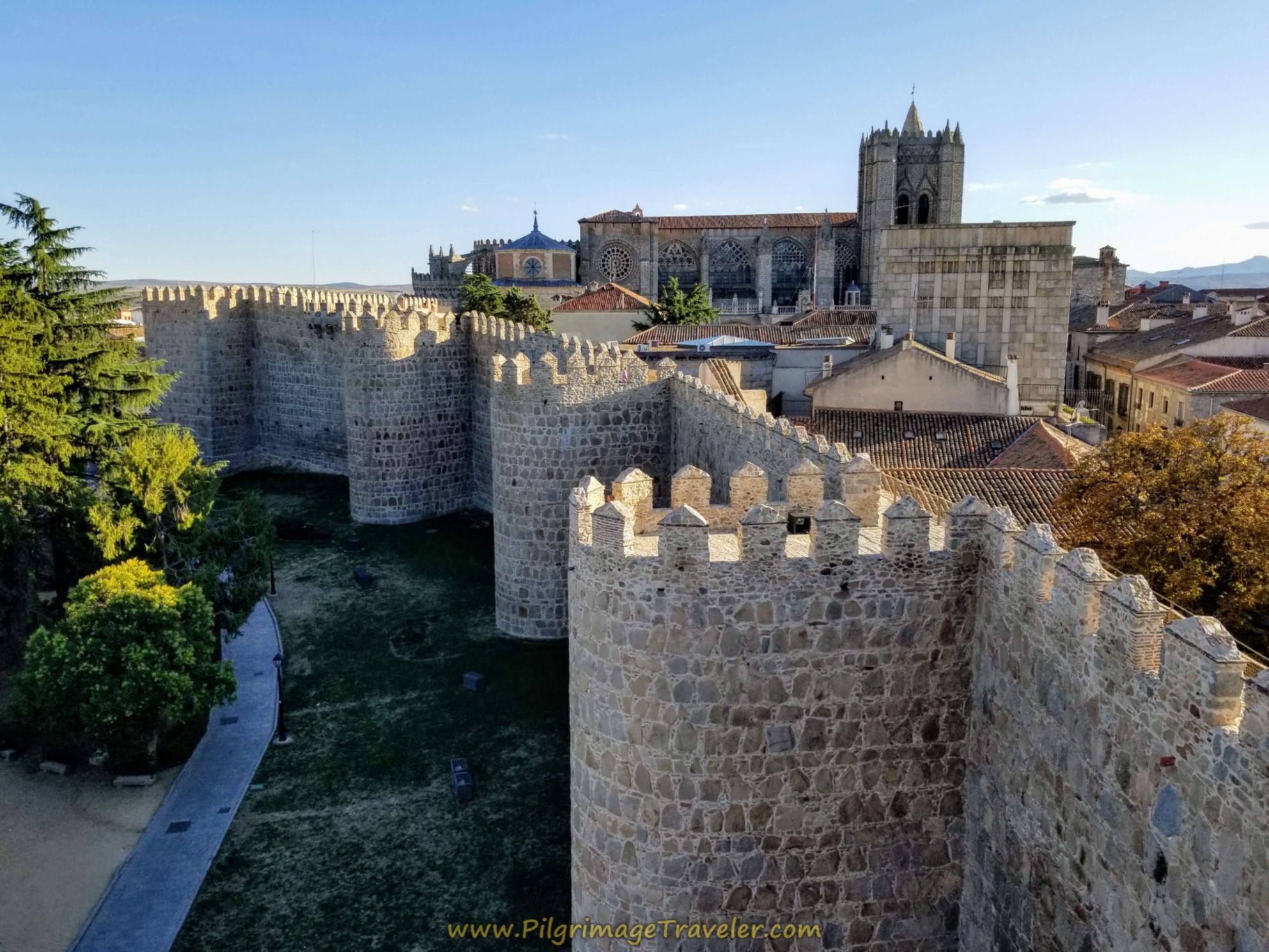


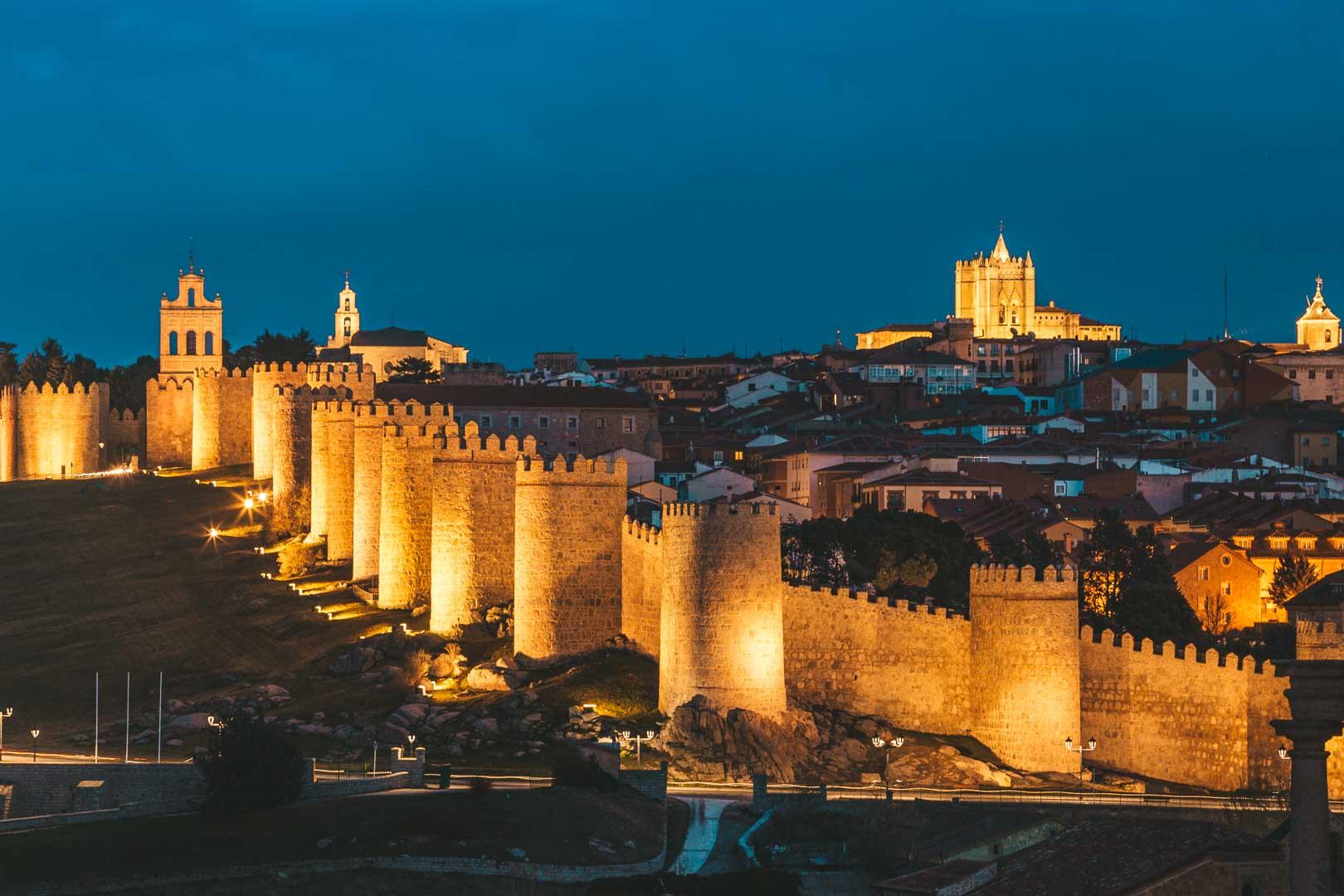
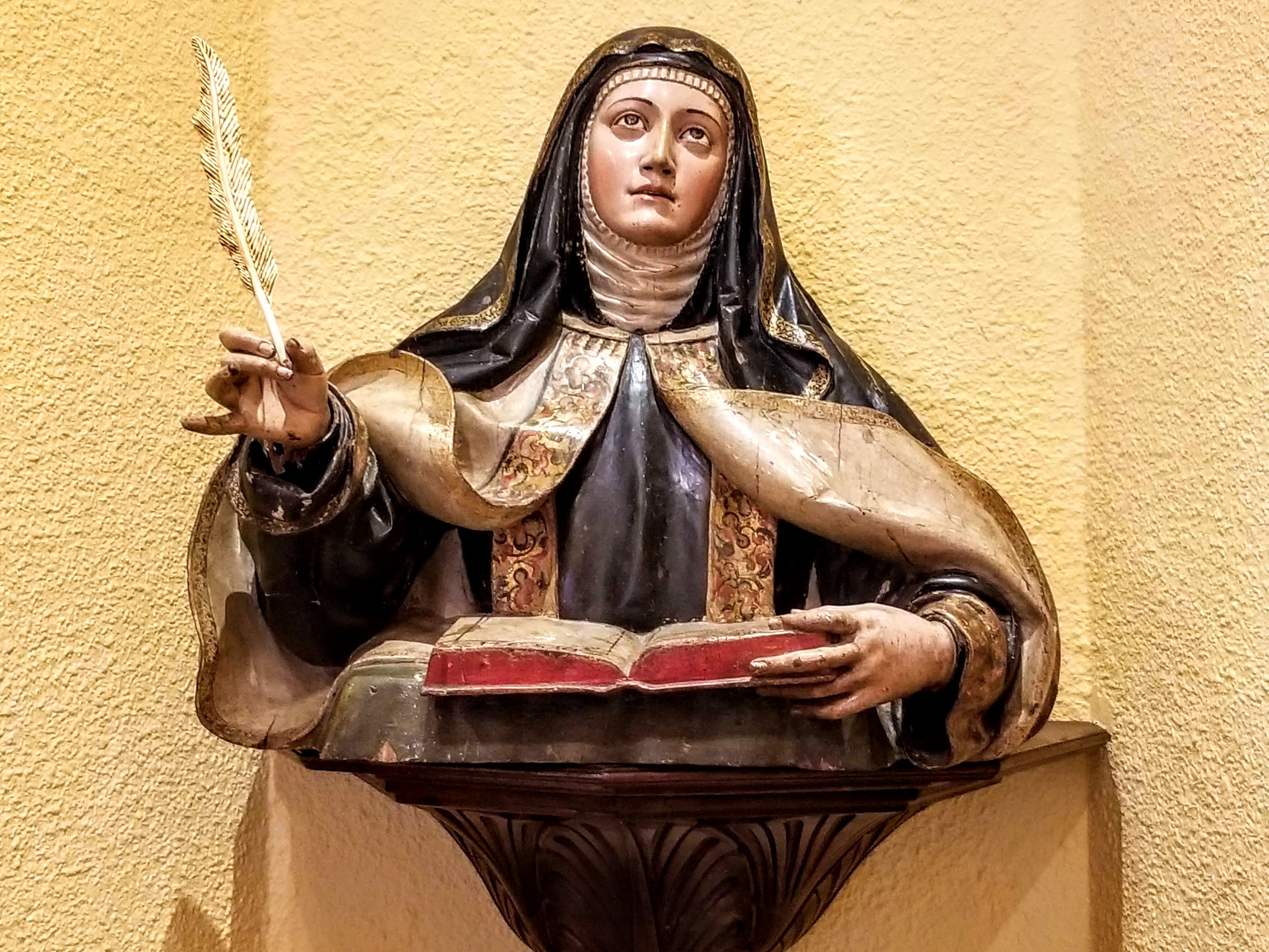
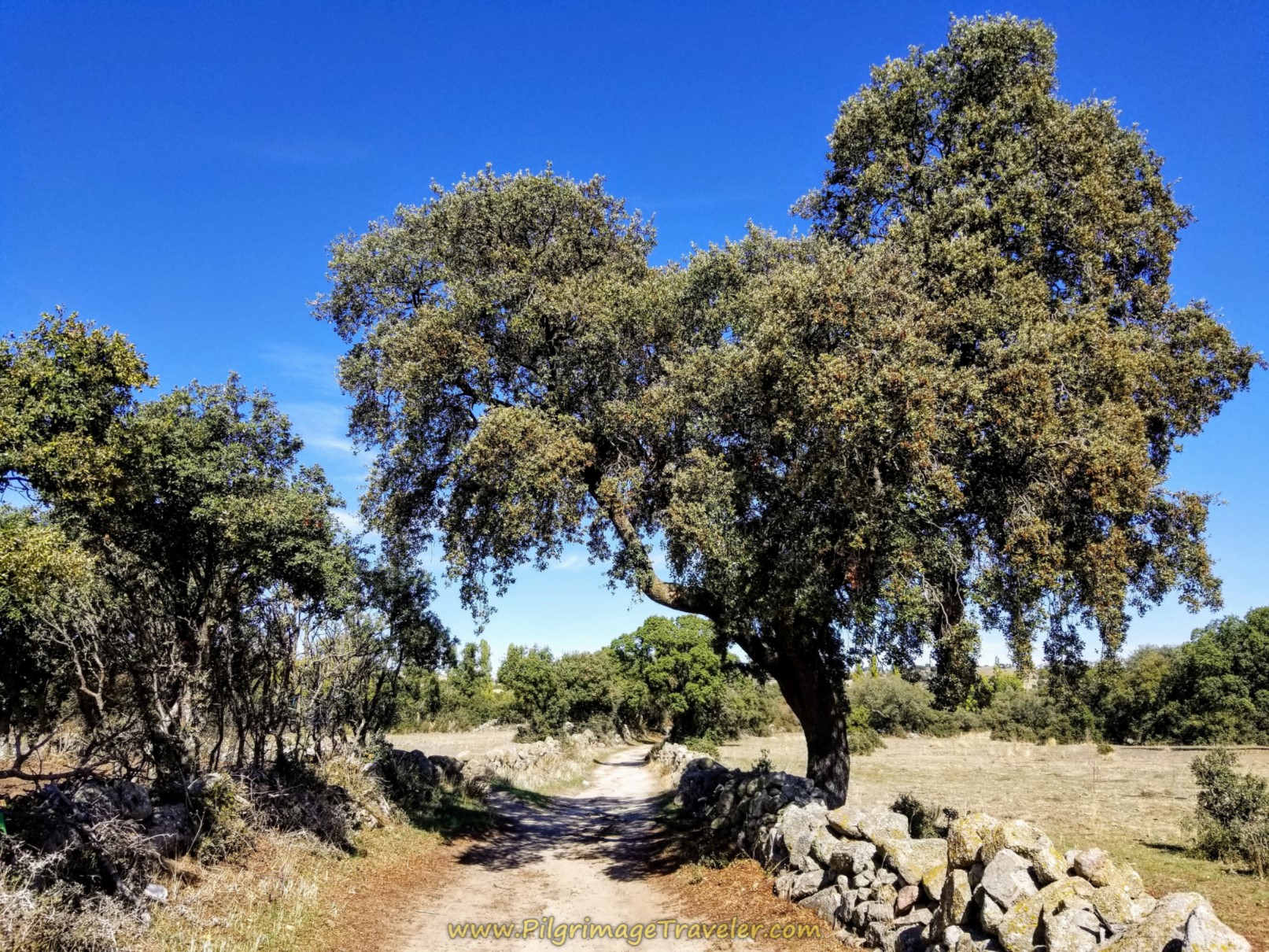
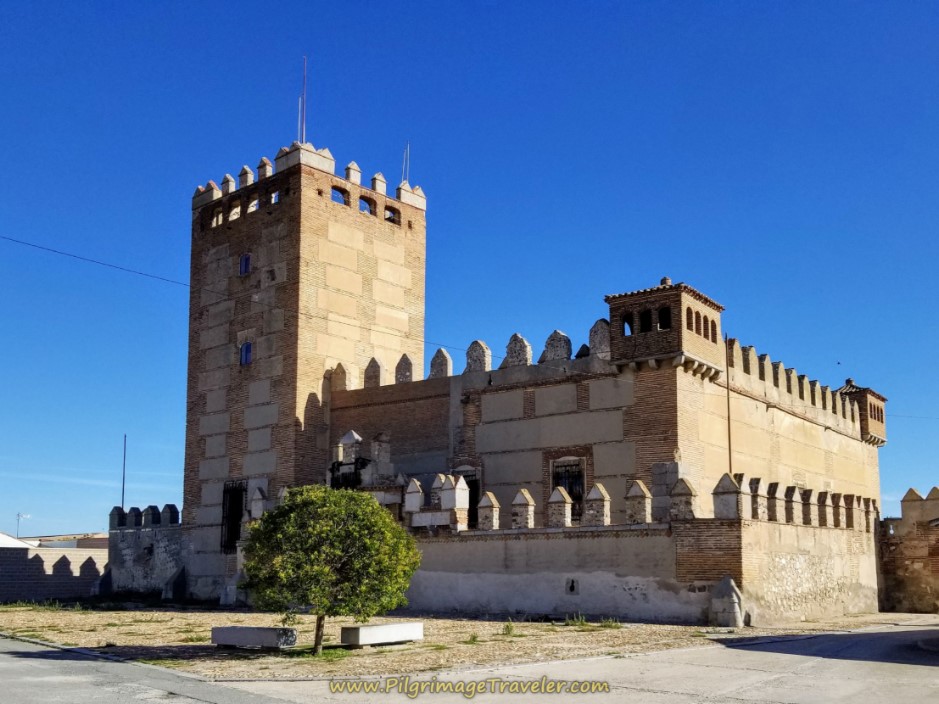
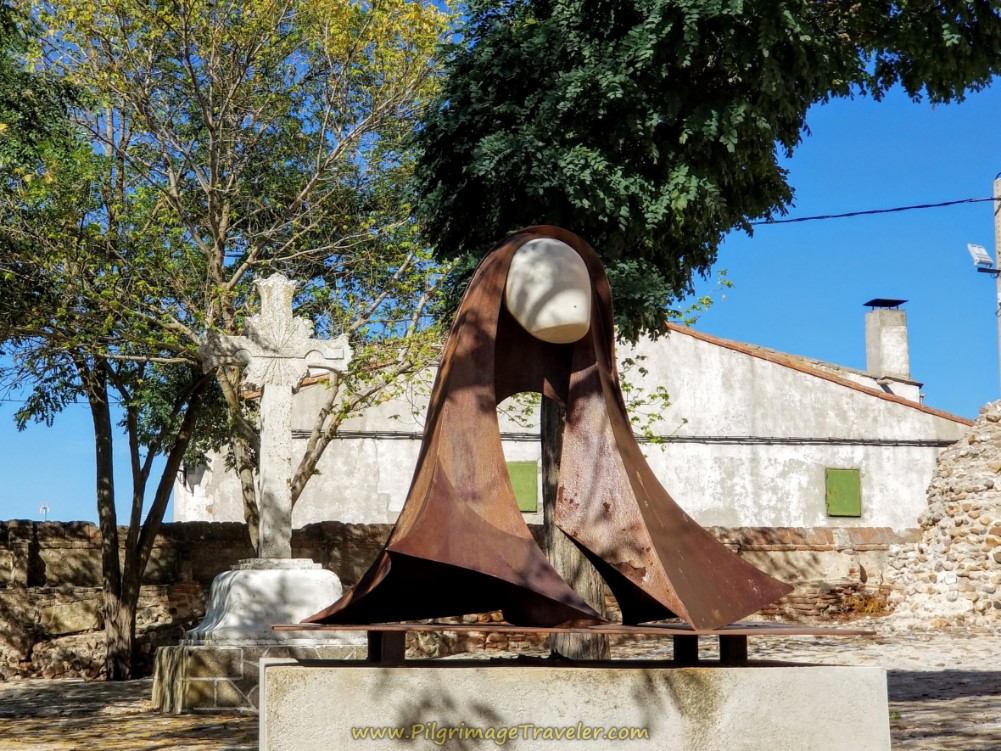
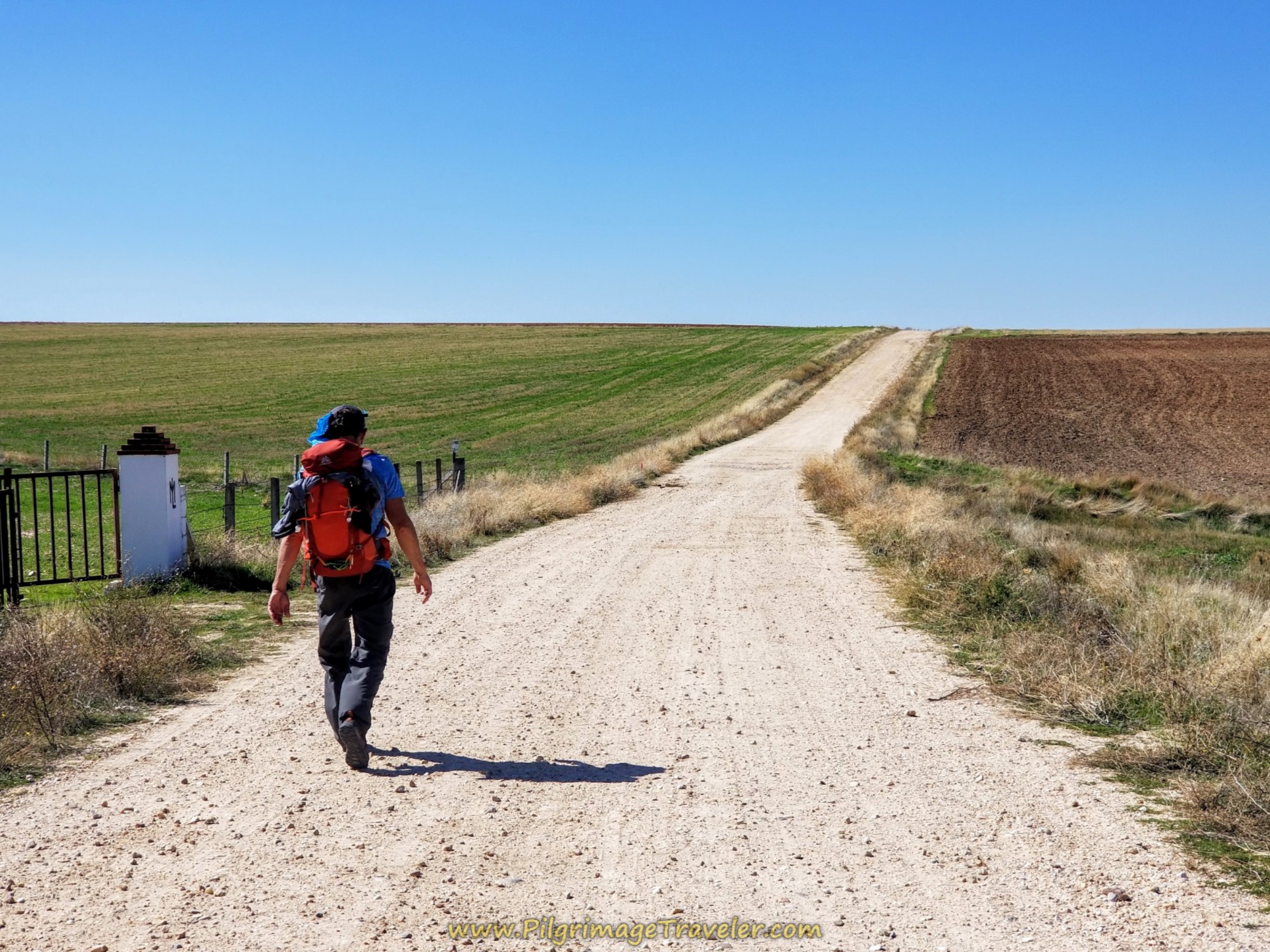
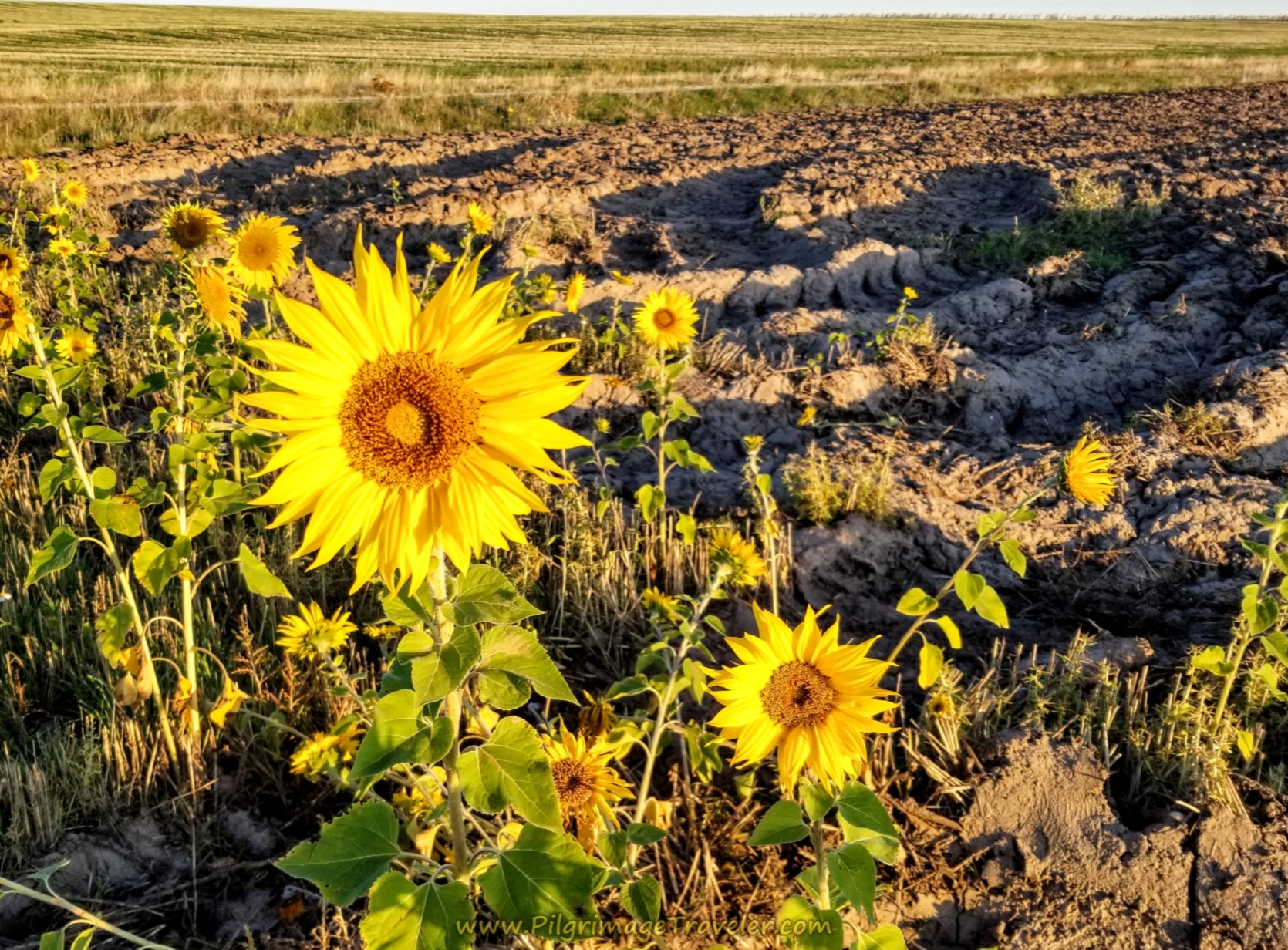
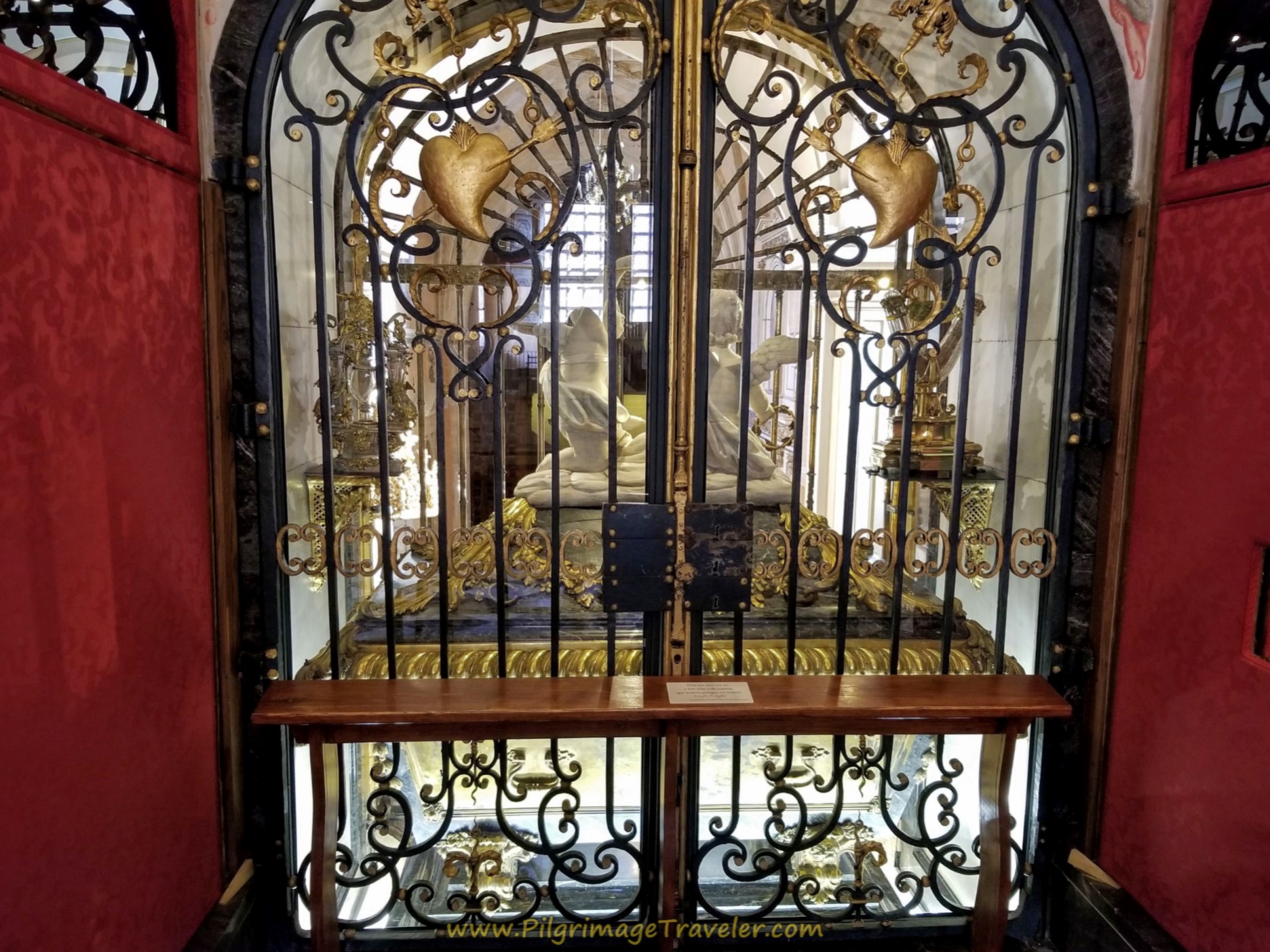
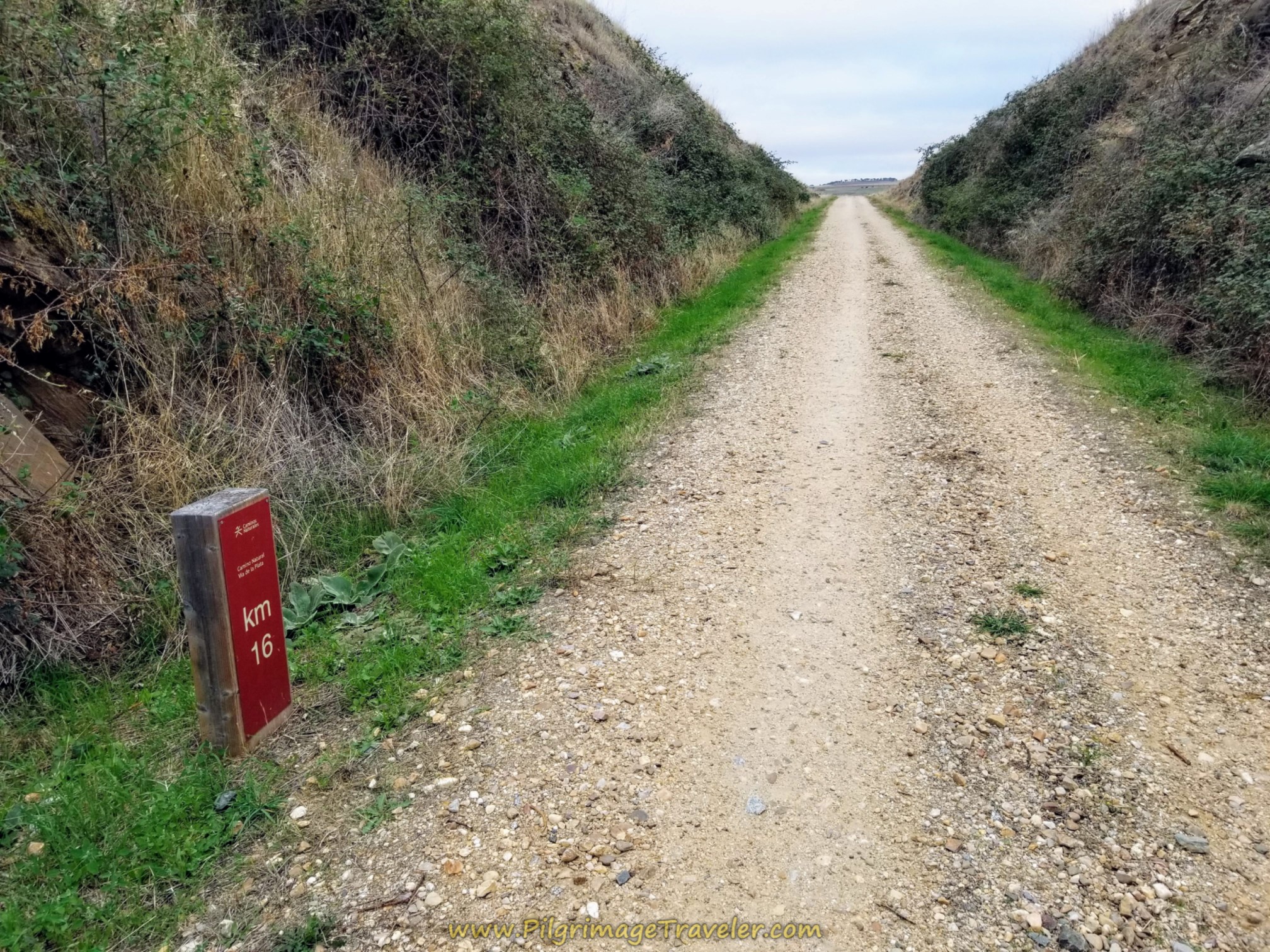
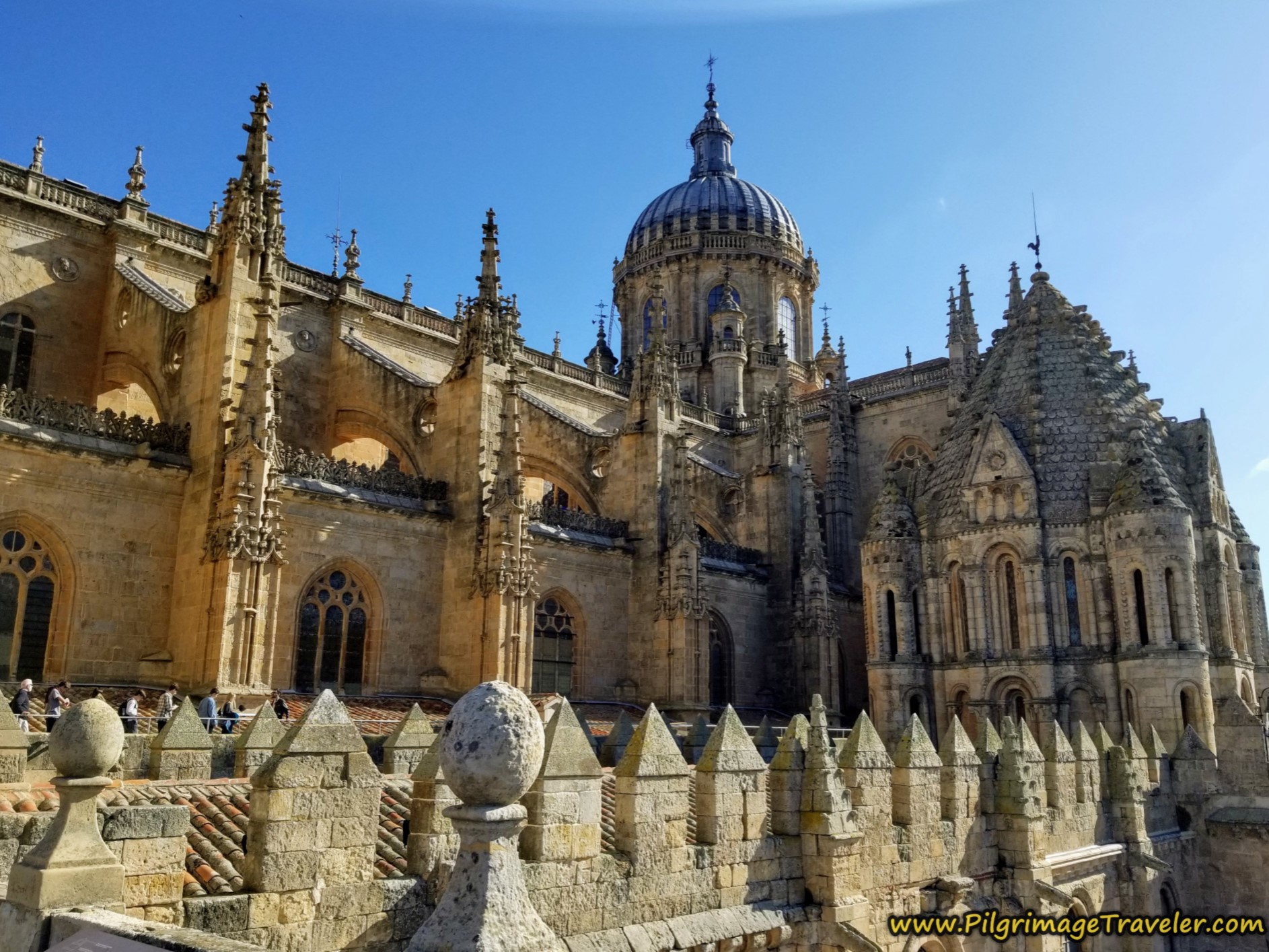
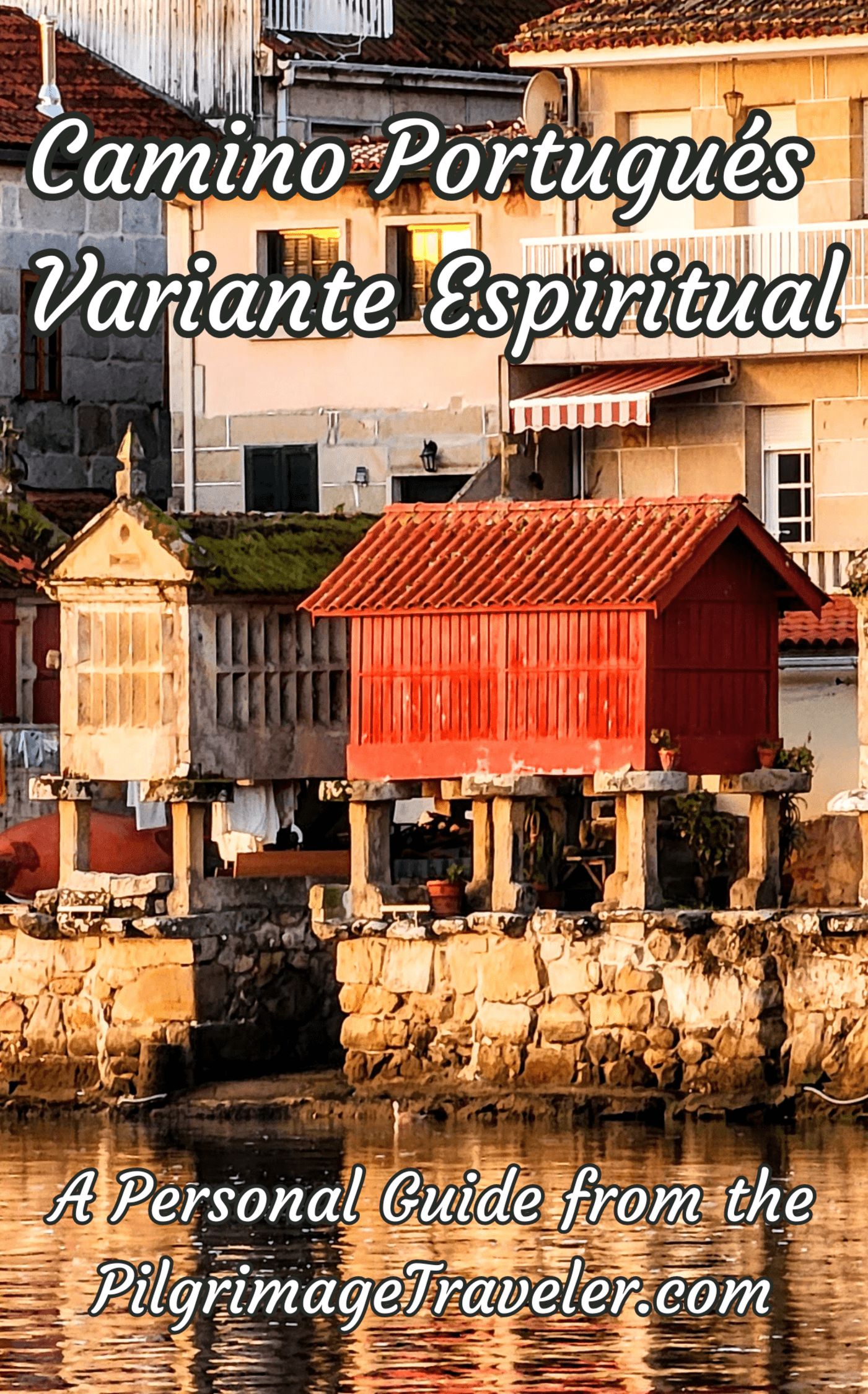
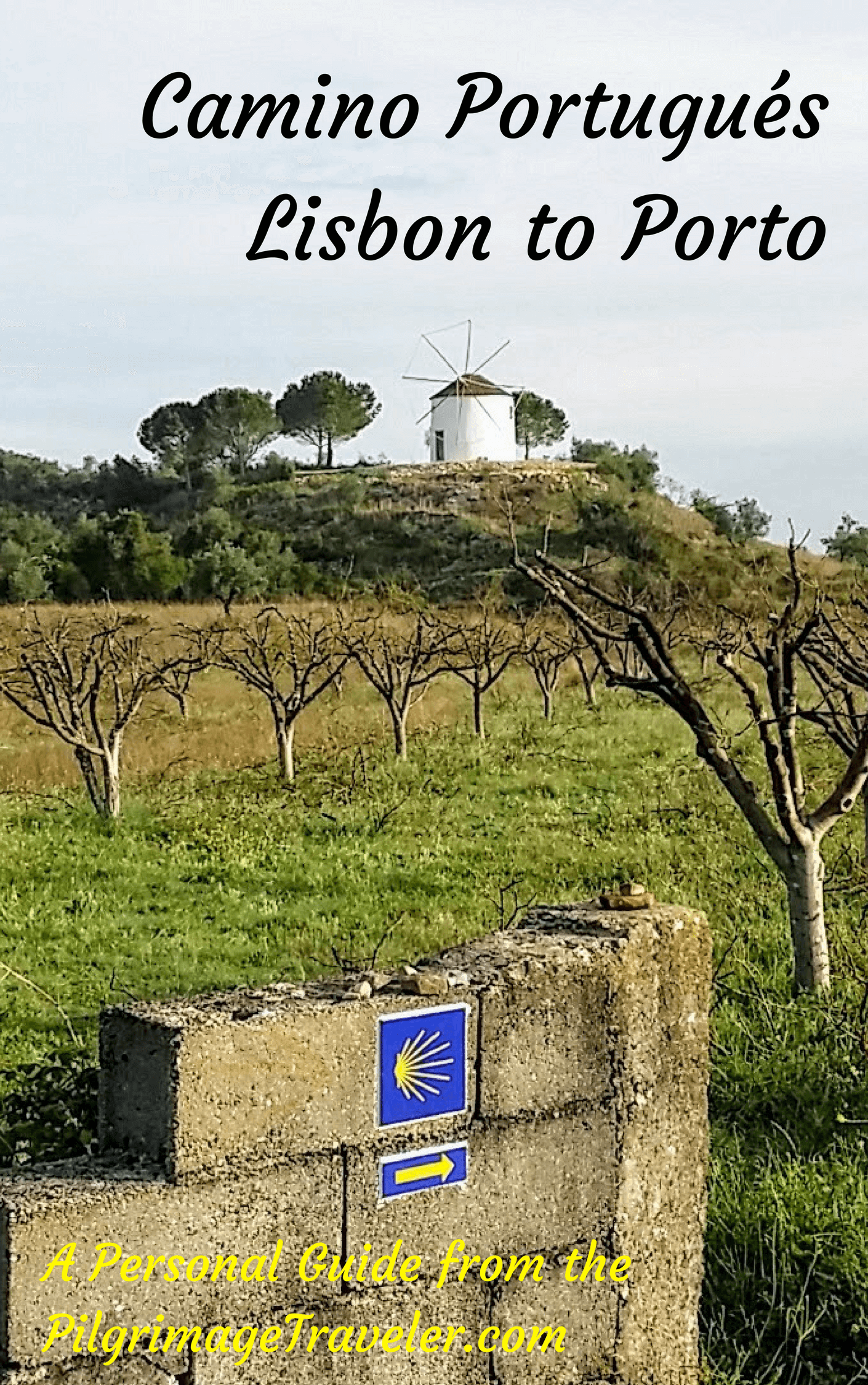
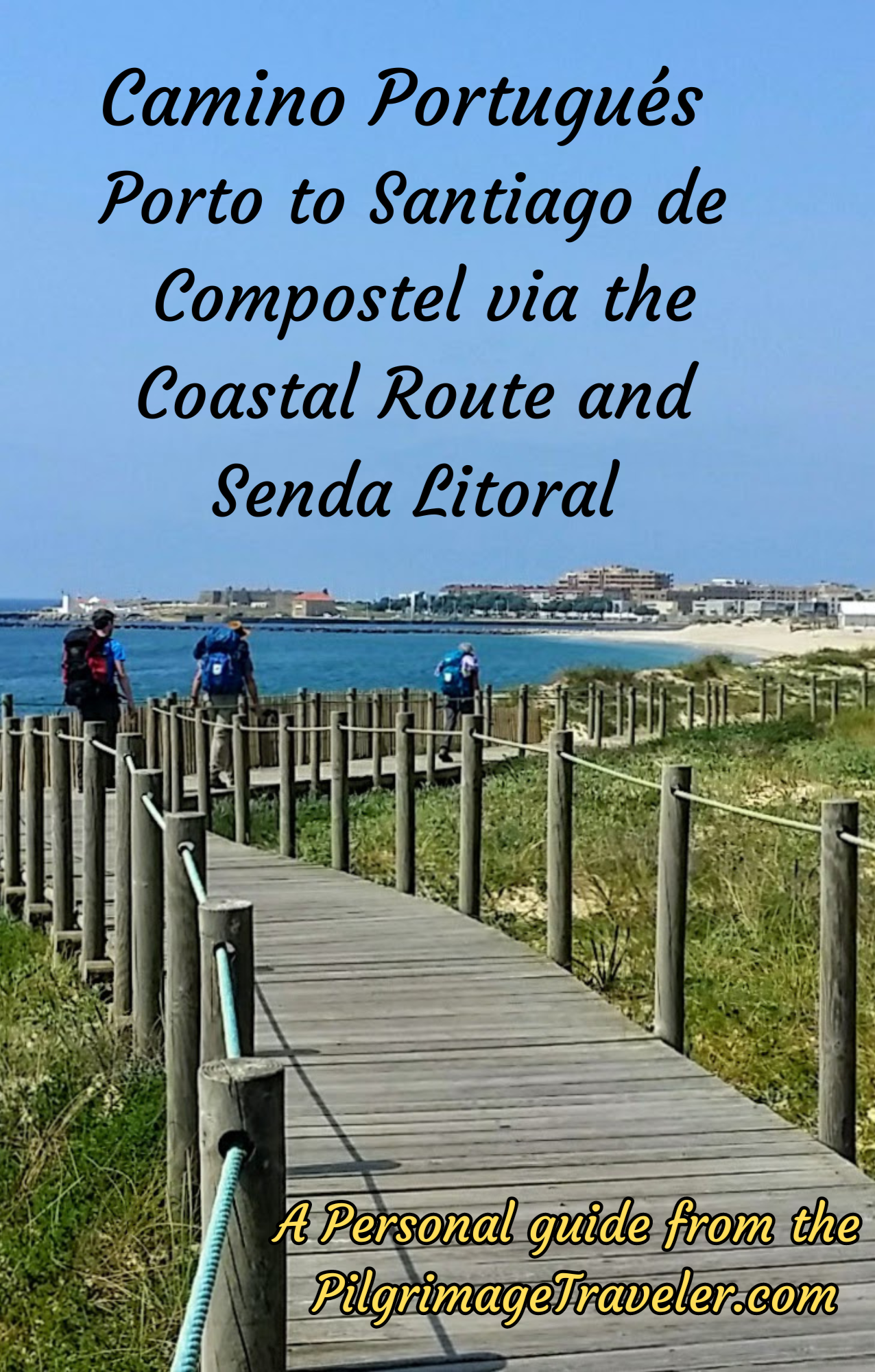
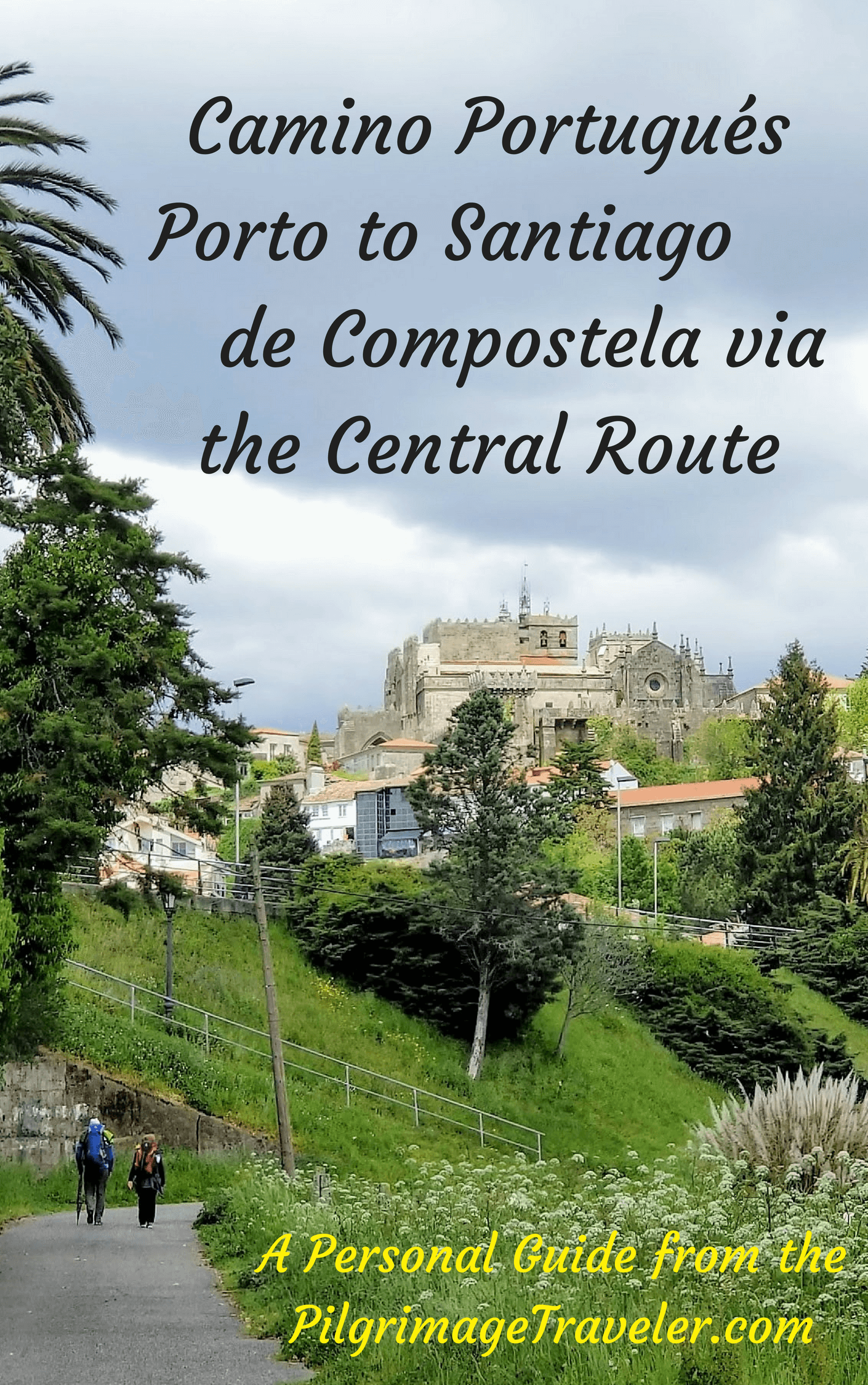
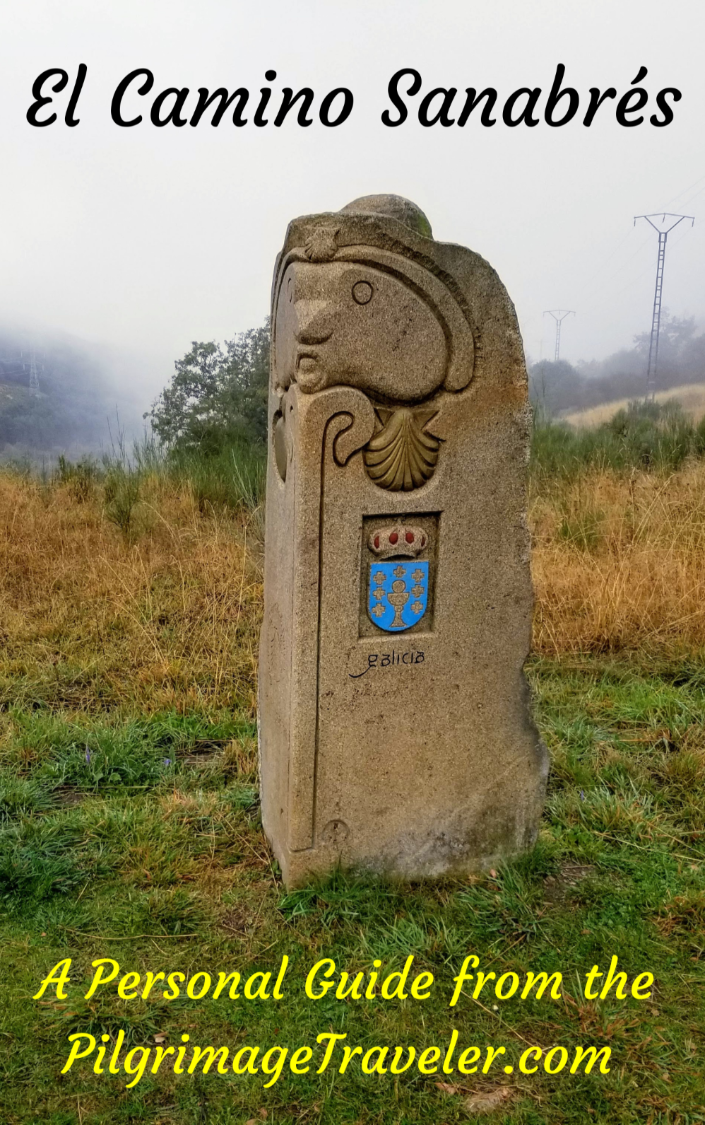
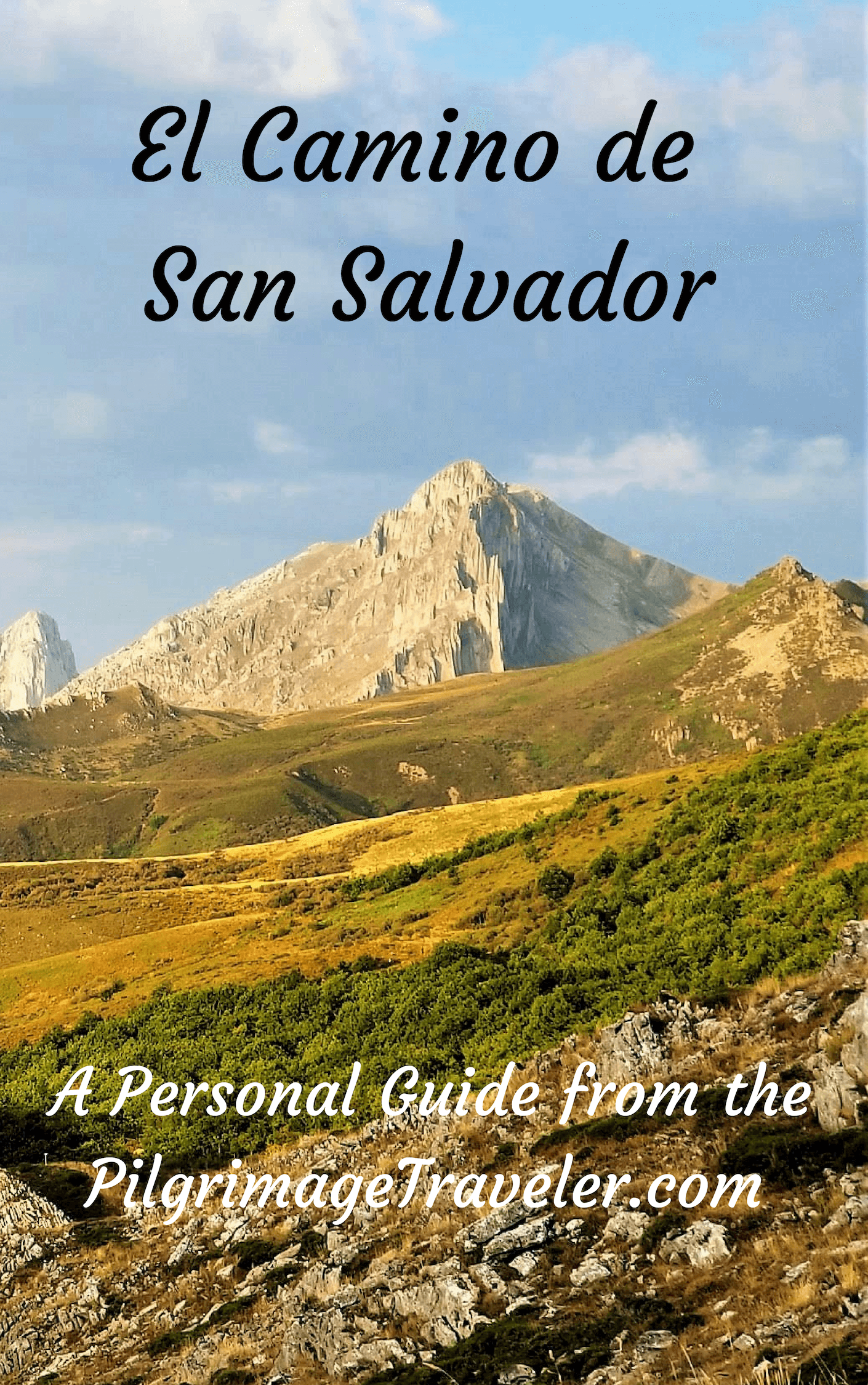
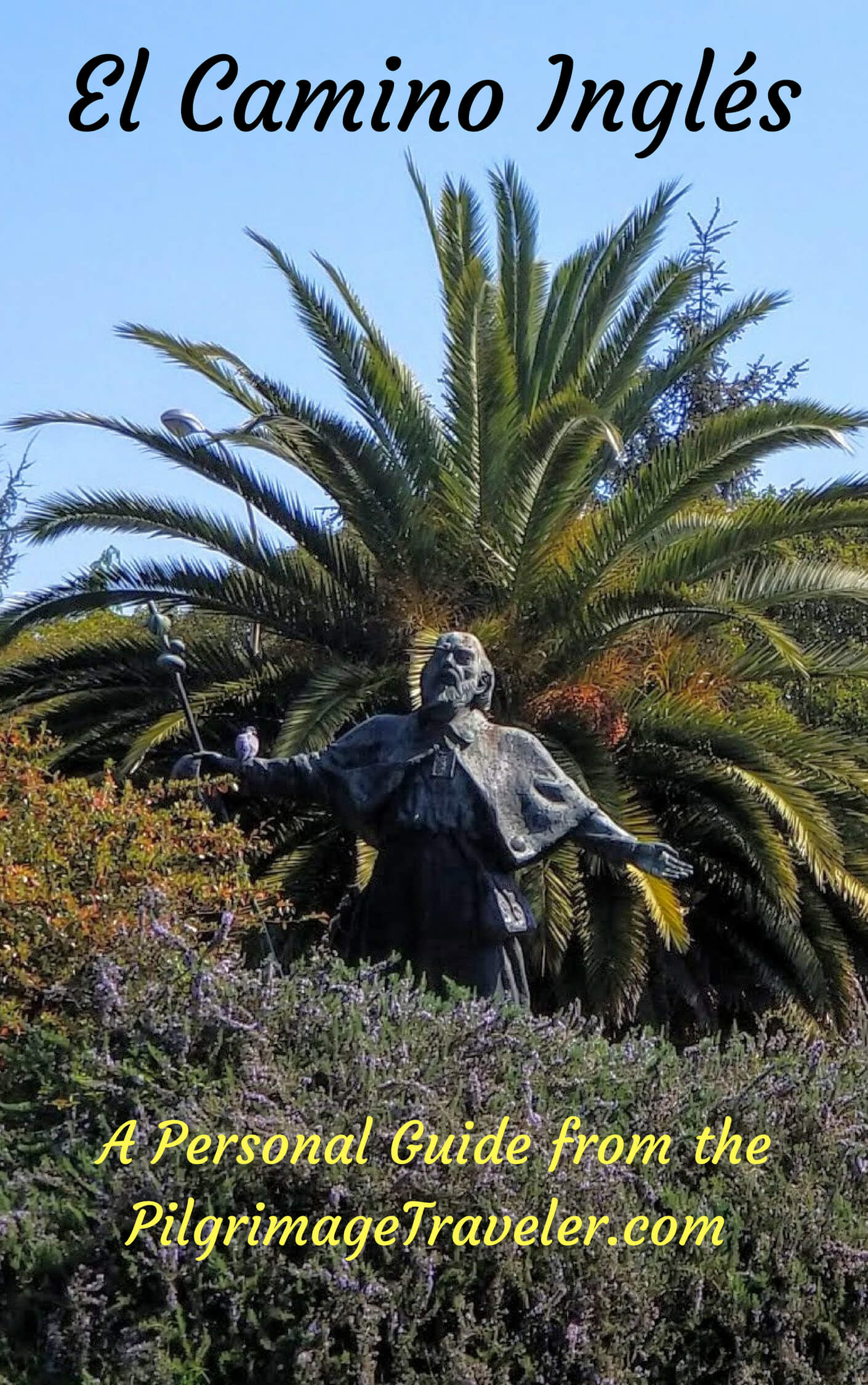
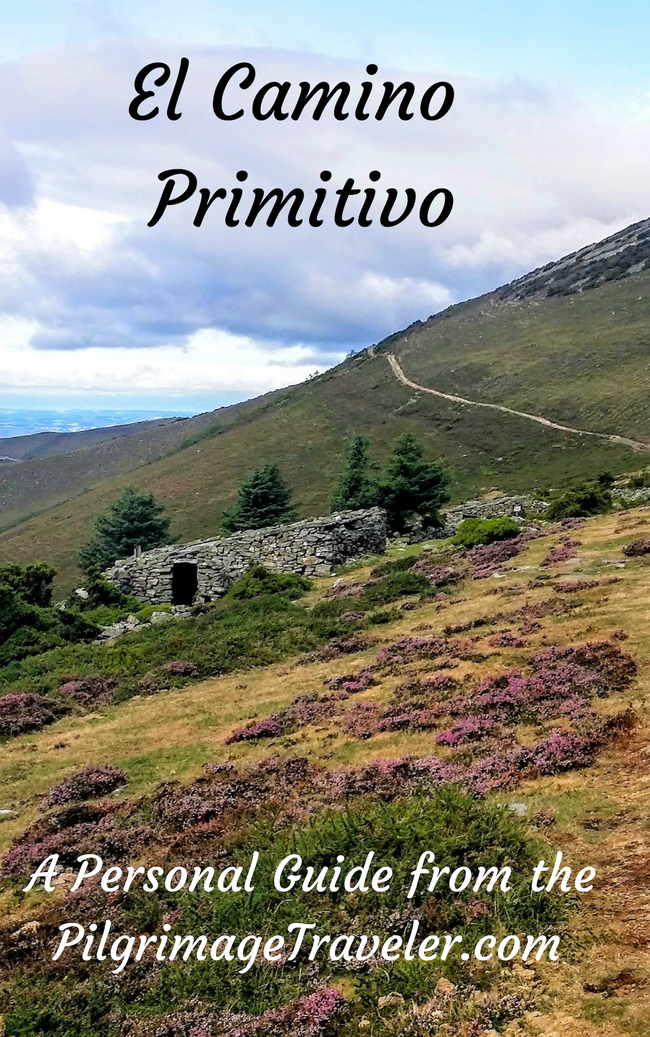
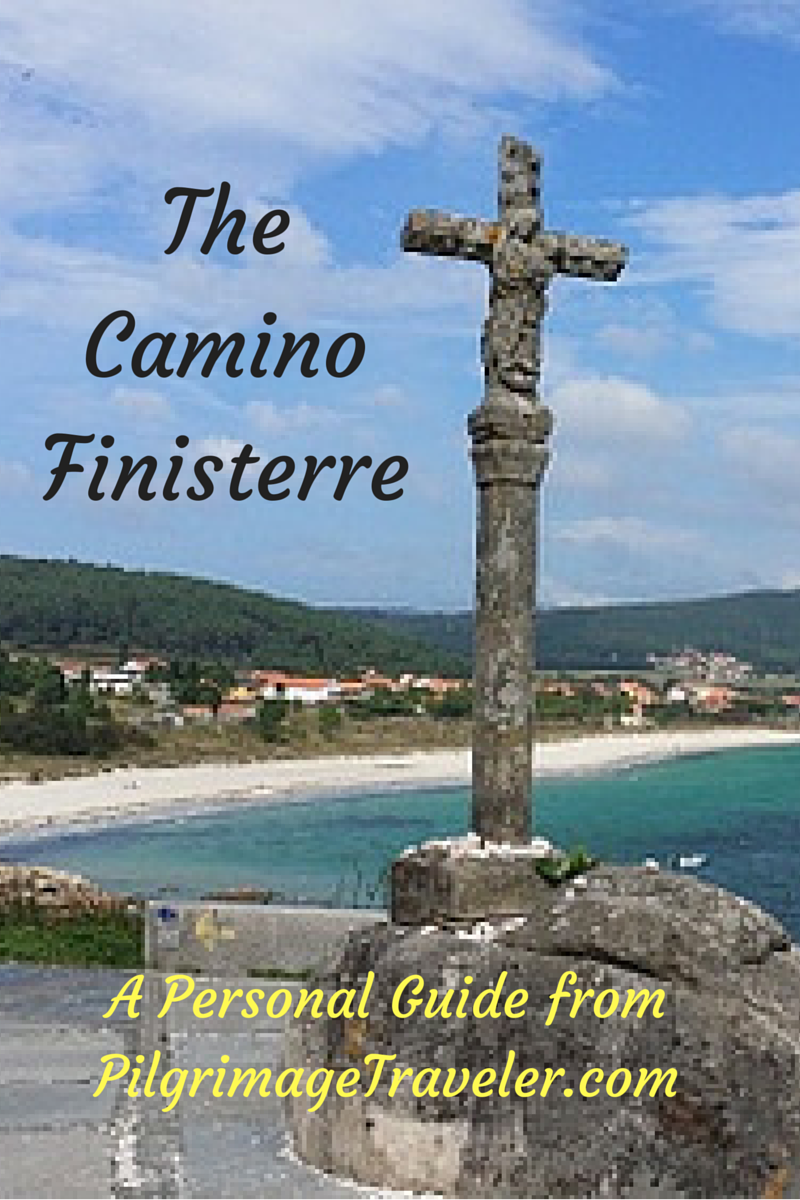
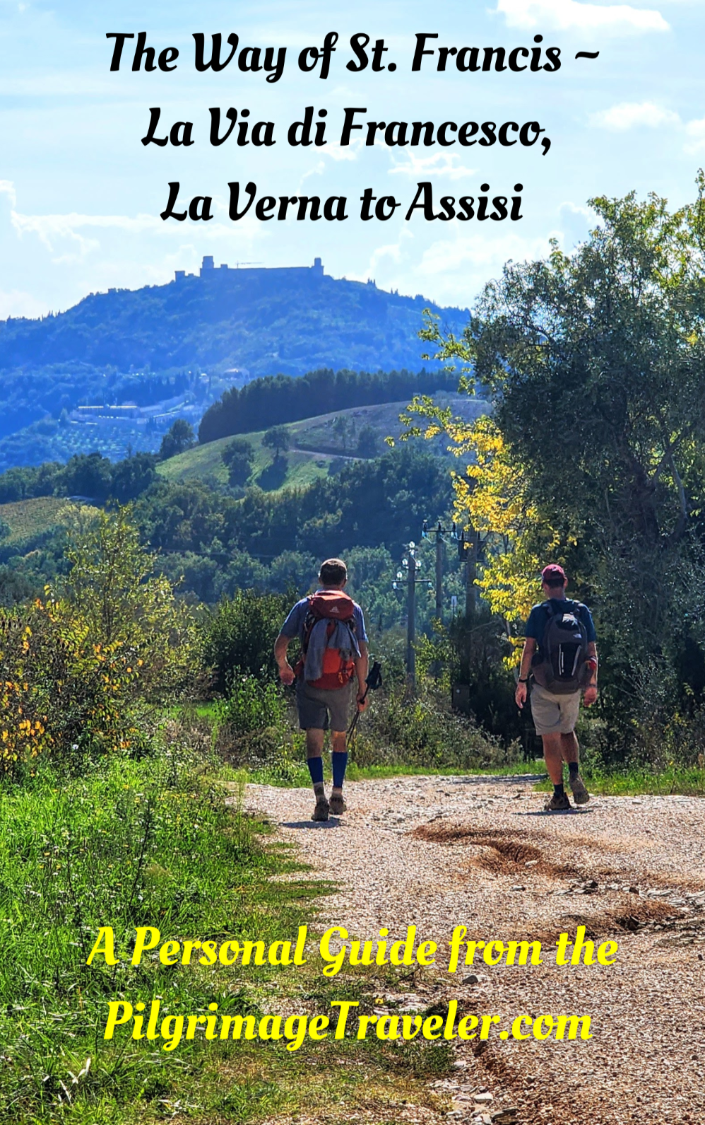




Your Opinion Matters! Comments
Have you had a similar experience, have some advice to give, or have something else you'd like to share? We would love to hear from you! Please leave us a comment in the box below.